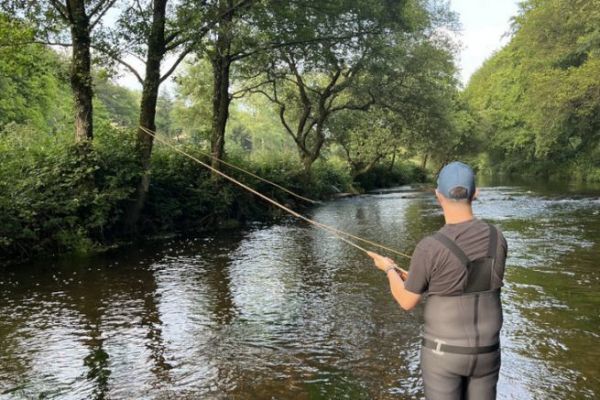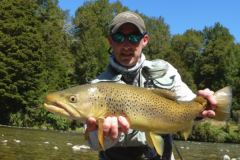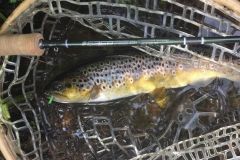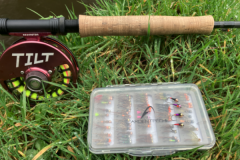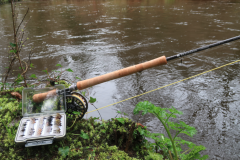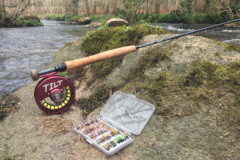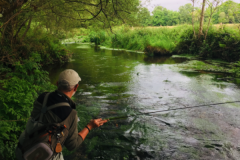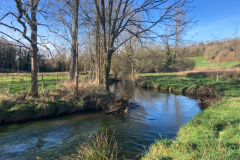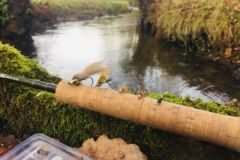For me as an angler and geographer, understanding our environment is one of the keys to successful fishing! For all of us, the start of the trout fishing season is often synonymous with cold waters, low temperatures, steady flows, fish that are not very active or even biting...
But that's far from always being the case in Brittany! The start of the season in Finistère can be full of surprises...
Mountains and bogs
You need to know the local geomorphology to understand the behavior of Breton trout.
Many of North Finistère's rivers have their source in the Monts d'Arrée, an ancient mountain range that divides the department in two. Although they reach a peak of 385 m, these "summits" are not very high. The rivers therefore have no snow reserves to feed their courses.
However, it is the peat bogs of the Monts d'Arrée that feed the rivers of Pays de Morlaix, such as the Penzé and Queffleuth. Peat bogs are wetlands that function like gigantic natural sponges. They store water from precipitation and gradually empty as the season progresses. In this way, they guarantee a minimum flow in the rivers of Finistère. But this phenomenon alone is not enough to guarantee a good water level in the absence of sustained rainfall!
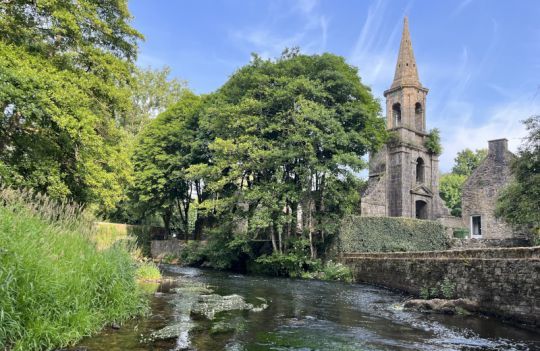
The reactivity of rivers to precipitation
It's no secret that Brittany enjoys a humid climate, especially in North Finistère!
It should be remembered that the rivers of North Finistère are actually small coastal rivers, rarely more than twenty kilometers long from source to estuary.
So, if they are not regularly recharged by rainfall, water levels can fall dangerously low, even at the start of the season! Depending on rainfall, water levels can vary on a daily basis.
This is one of the reasons why the Penzé river, one of my favorite guiding grounds, has a reputation for being, shall we say... fluctuating, and the trout with it! Indeed, the river can "swell" in a few hours and almost "empty" in a few days.
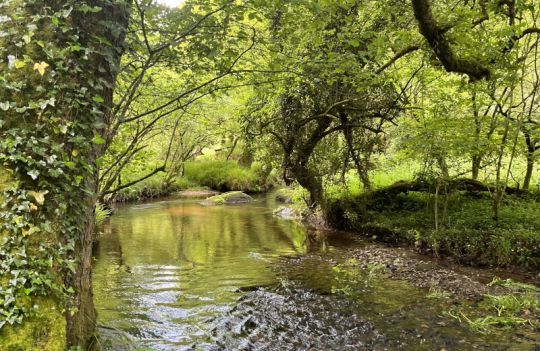
Adapting to variations
So, in the absence of recent precipitation, the waters of the Penzé will rapidly fall and become clearer.
We're not talking here about summer low water, which corresponds to the slow depletion of water reserves until the summer, but about situations that frequently arise between showers, even at the start of the season.
By instinct of survival, trout will quickly seek refuge, in pools or under banks, waiting for the next downpour. When this happens, it becomes more difficult to catch fish, especially the beautiful specimens that have taken the best hiding places.
In most cases, the best option for the angler is to fall back on rivers with good water flow, either because they are connected to large peat bogs, or because of the size of the watershed.
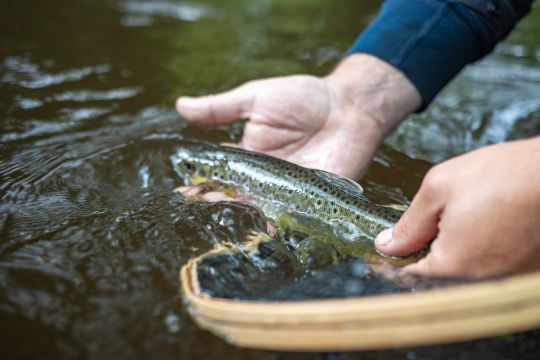
A climate that favors early activity phases
Although we're located on a granite massif that favors acidic water, as in Corrèze, the Finistère climate has nothing in common with the continental climate of the Millevaches plateau, which still experiences sub-zero temperatures at this time of year!
In Finistère, almost the entire first category territory benefits from maritime climatic influences. Here, trout fishing is rarely more than 20 km from the sea.
These maritime influences guarantee mild temperatures in winter and spring. So, depending on the year, we can observe the first hatchings of mayflies of the Baetidae family very early in the season.
And yes, it's not unusual to see trout gobbling as early as March!
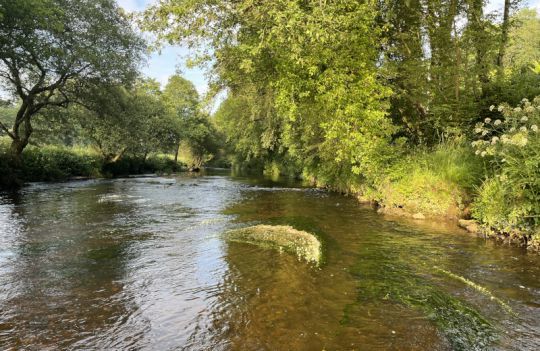
Adapt your strategy as the day progresses
On the scale of a single day, temperature rises will often generate strong behavioral changes in trout.
At first light or at the end of the day, they are very often positioned in their caches or on the seabed, sheltered from the currents.
In this situation, you'll have to search for them by moving a nymph at depth. Adapt the weight of the nymph to the strength of the current. Local trout respond very well to nymphs fitted with silver or copper-coloured tungsten balls, depending on the light or color of the water, mounted on jig hooks.
However, a ray of sunlight may prompt the fish to move a few meters upstream, or even to the surface, in an attempt to gobble up small drifting insects.
In this case, the presentation of a small olive, a sedge, an imitation chironomid or a small dipteran could work!
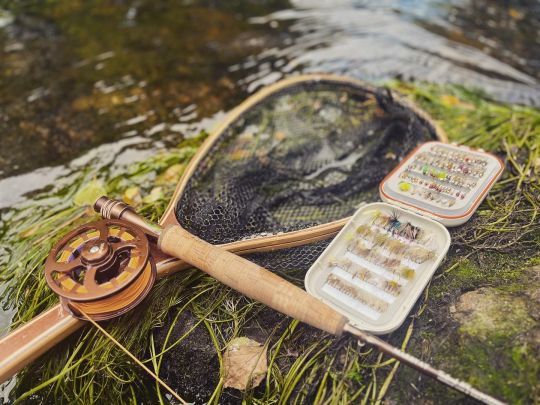
One or two fishing rods?
On early-season sessions, I use two types of fishing rod, a 9- to 11-foot rod for nymph fishing and a shorter 7- to 9-foot rod for dry fishing. However, for reasons of economy, it's perfectly possible to take just one all-purpose rod with you. In this case, I recommend a setup that combines a nymph with a dry fly for both underwater and surface fishing. For greater success, this "tandem" technique is best used when fish activity peaks in the middle of the day.
In conclusion, I like to say that Finistère is a territory with a reactive hydro-biological functioning, i.e. where water and life react quickly!
Here, rivers and their inhabitants are constantly evolving and changing their behavior in a very short space of time. This is due to our unique geography. So you have to constantly observe, adapt and challenge yourself to decipher the mischievous behavior of the native trout. And that's what fishing's all about!
